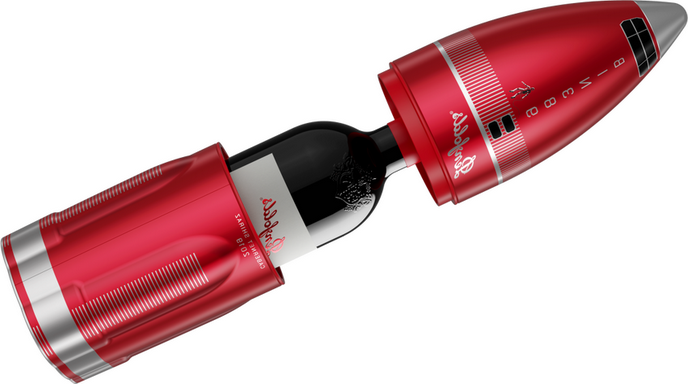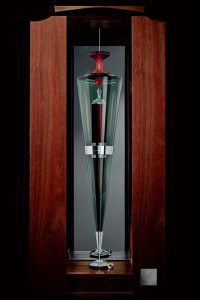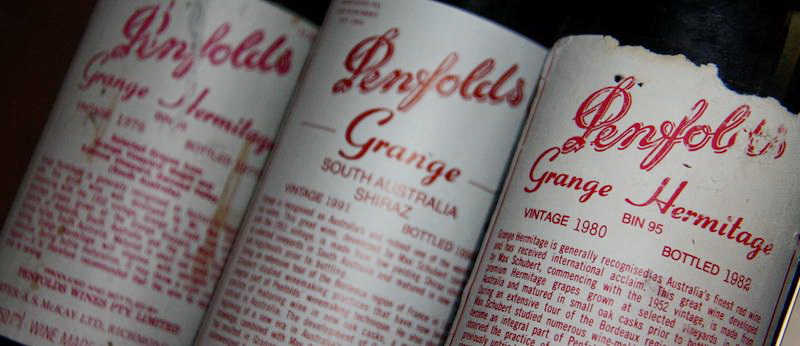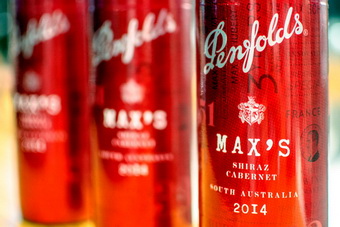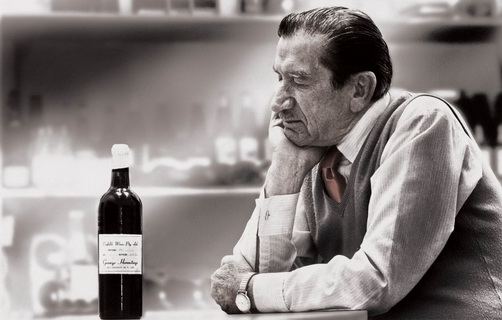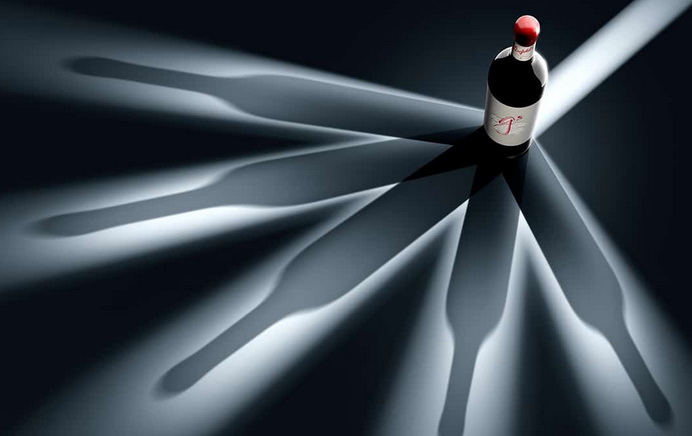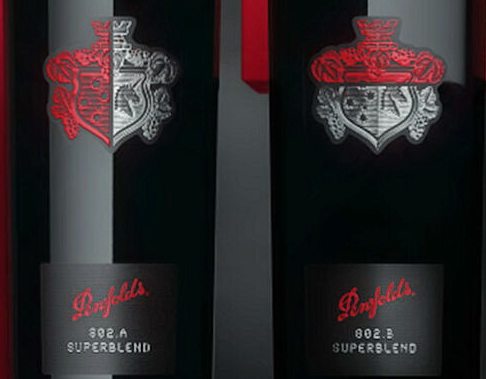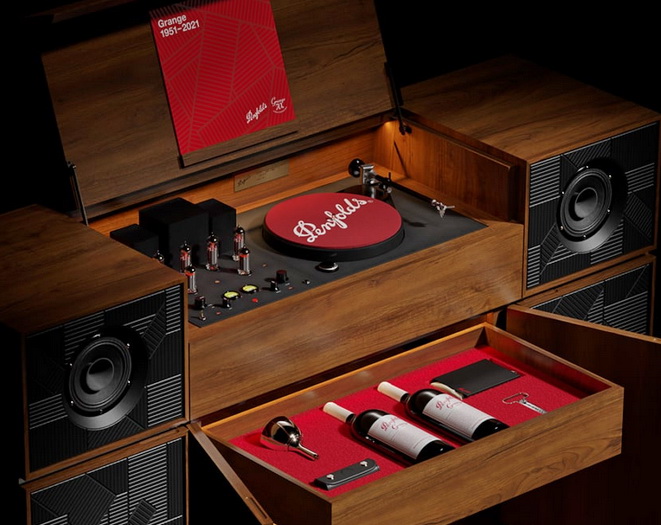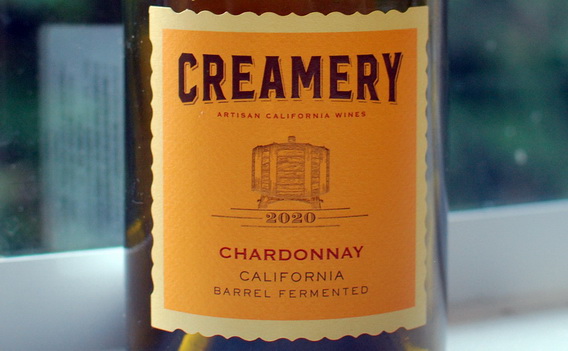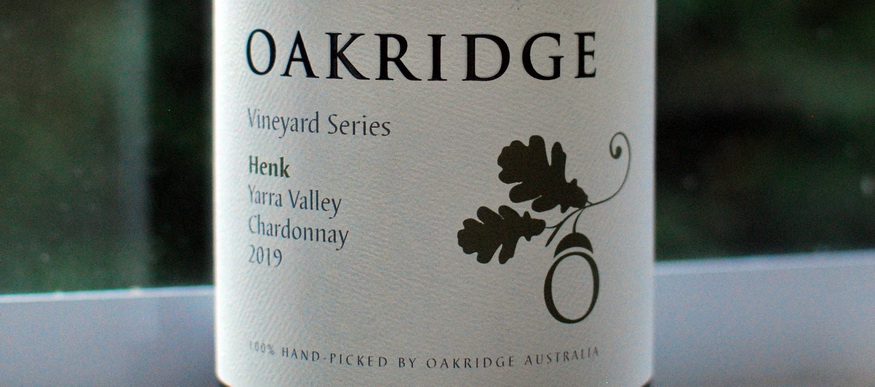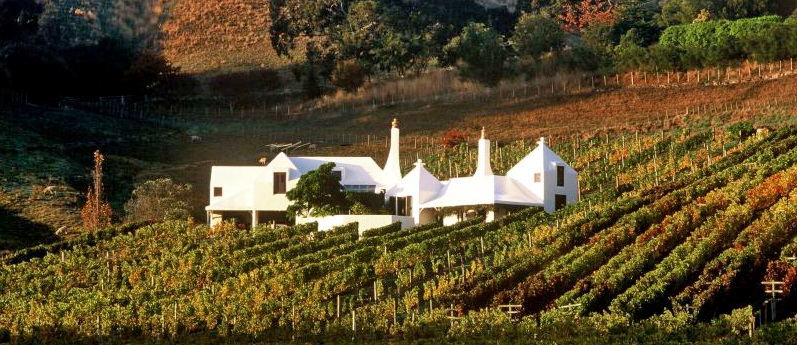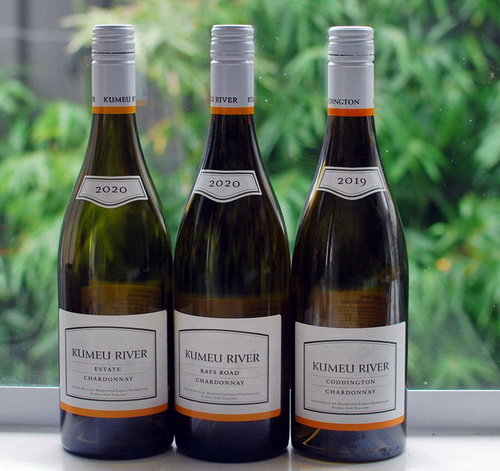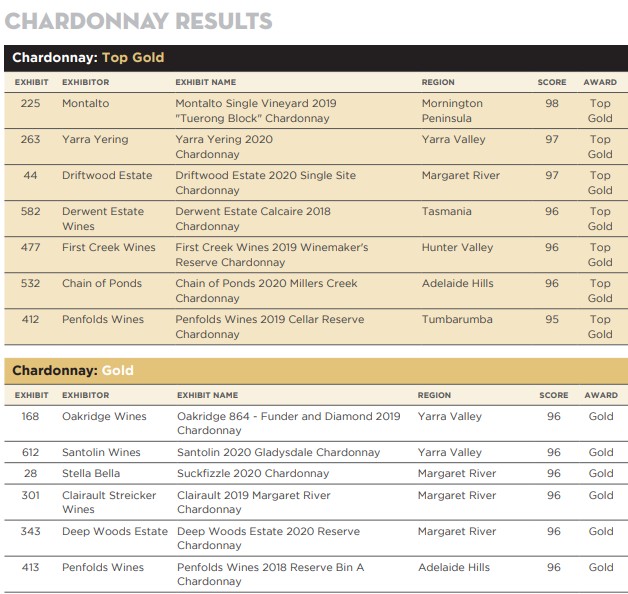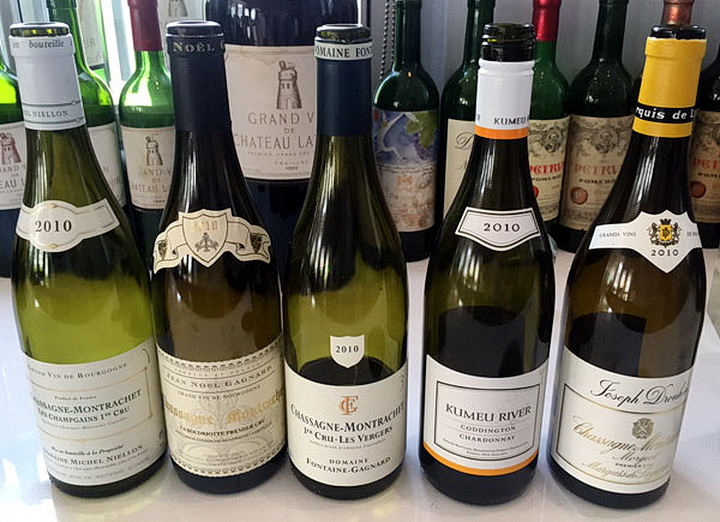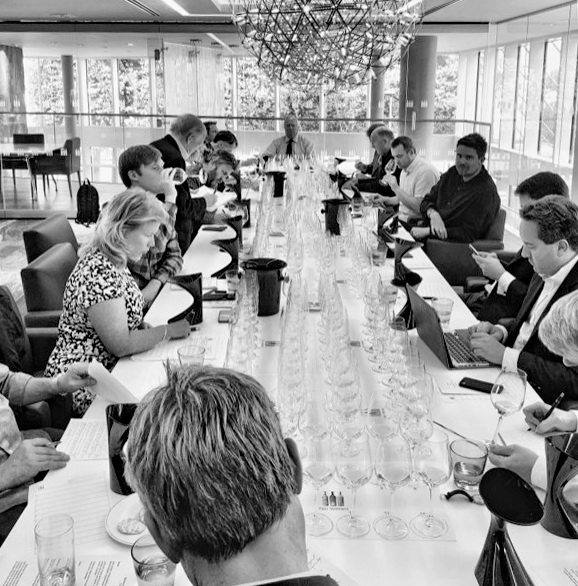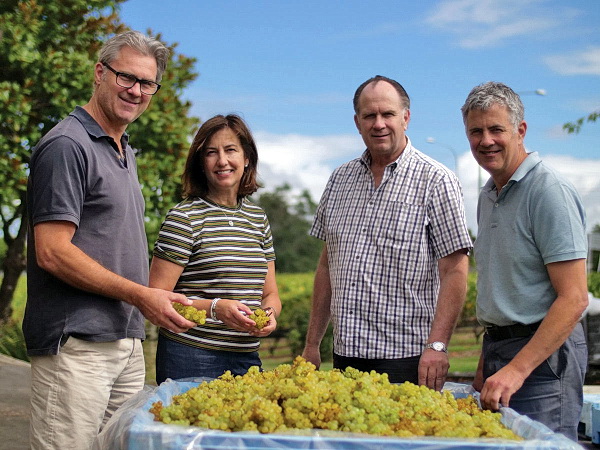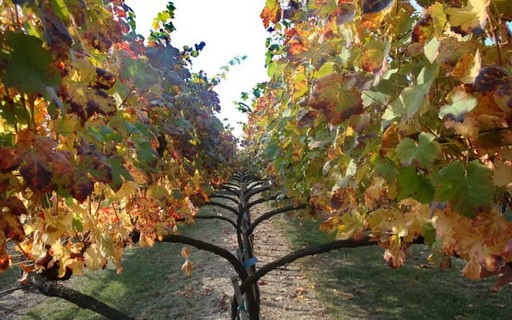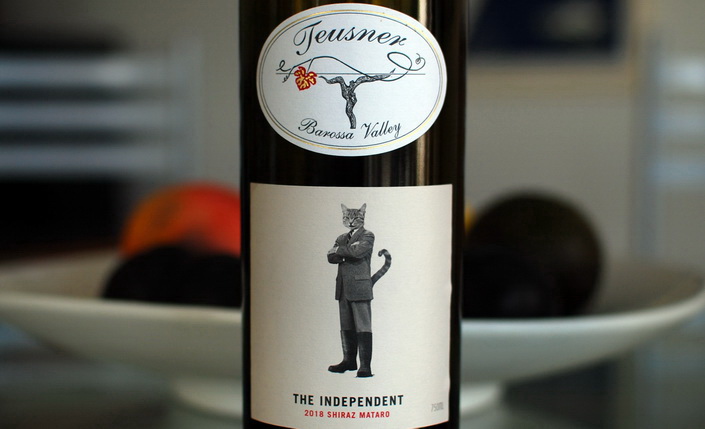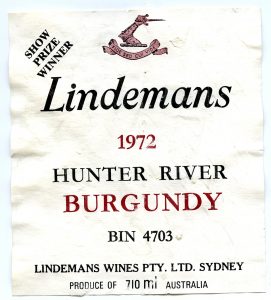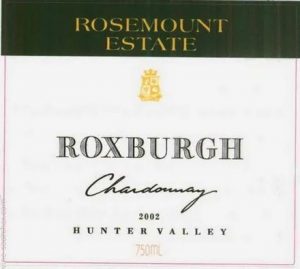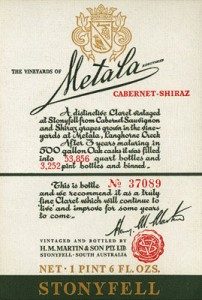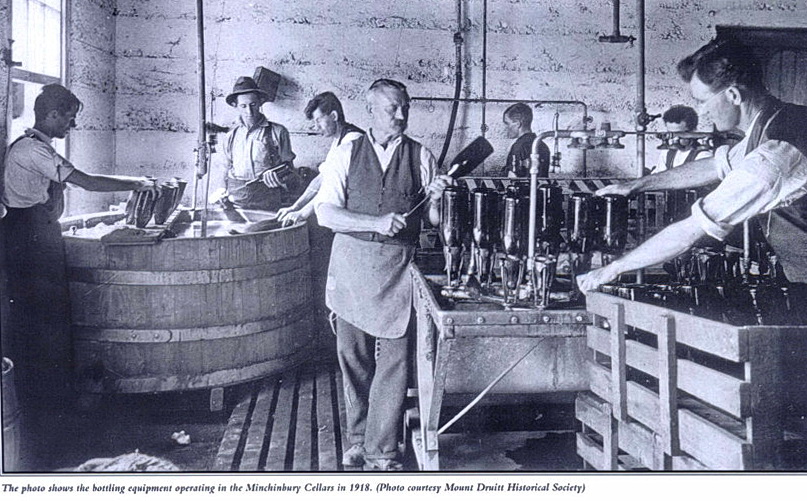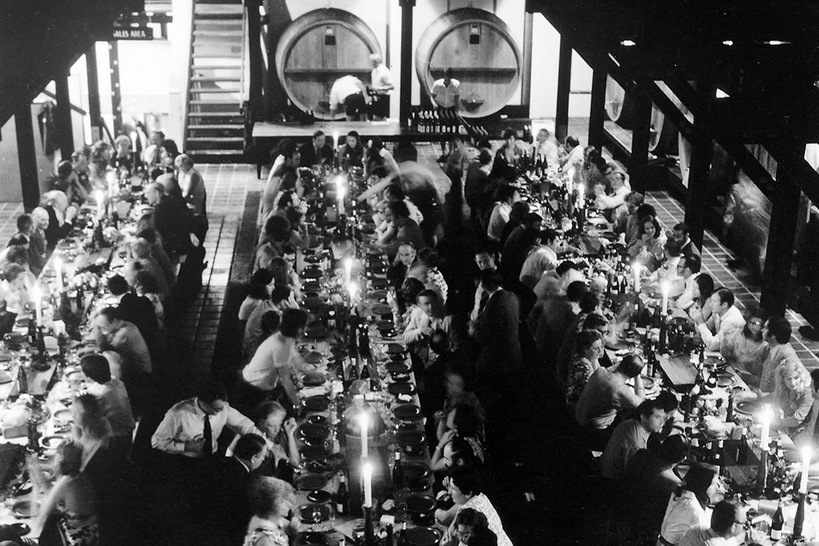From our Best Buys Weekly Spring Selection
Barton & Guestier AOC Rose d’Anjou 2021 – $9.50 at 1st Choice. It’s the best bargain French Rosé out there, fresh, soft and fruity, and easy drinking. 91 points.
Deep Woods Harmony Rose 2021 – $11 at DM’s (member offer). An old favourite from Margaret River that’s hard to go past at this price. A blend of Shiraz, Merlot and Tempranillo. Vibrant raspberries and strawberries, good length, great balance and a long, dry finish. Gold Medal & 95 Points at the 2021 Margaret River Show. 93 points. Terrific bargain
Bouchard Aine & Fils Rosé NV – $13 at Our Cellar. The non-vintage option gives this shipper more flexibility with the final blend, which is seamless, elegant and seductive. 93 points.
Chapel Hill The Parson Sangiovese Rosé 2021 – $14 at DM’s as a member offer. I don’t know this wine but the winery is tops, and the winemaker who raised it there is Pam Dunsford who won the coveted Maurice O’Shea award this year. Better late than ever.
La Vieille Ferme Rose 2021 – $15 at Our Cellar. A blend of Cinsault, Grenache and Syrah made by the Perrin Family in the Provence who also owns the famous Chateau de Beaucastel. Lovely aromas of ripe fruits, with a touch of sweetness balancing the fresh line of acid. Long and balanced. 92 points


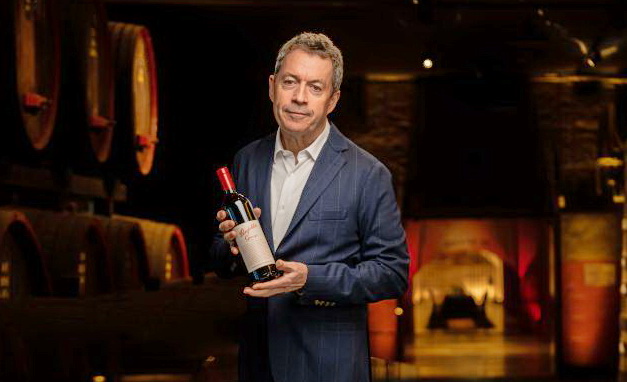

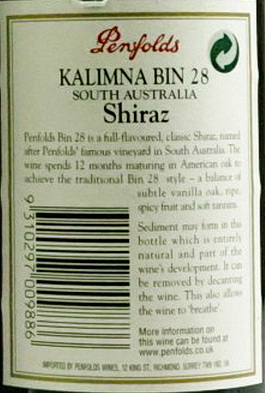
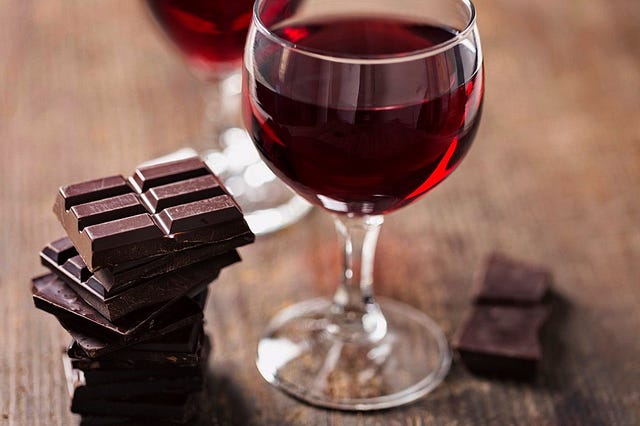 Source:
Source: 